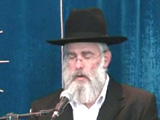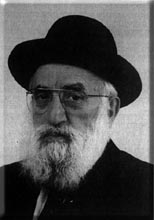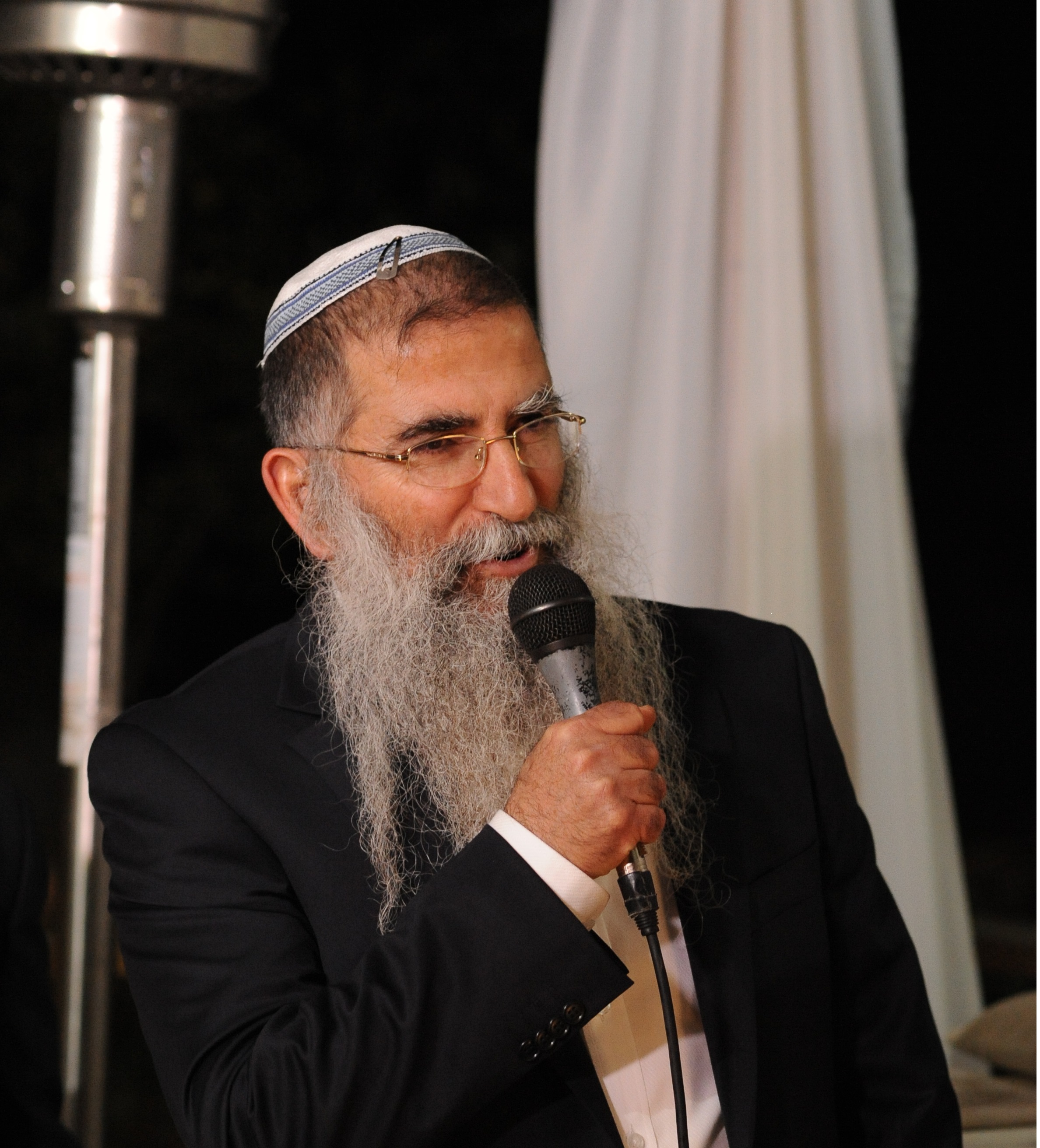Beit Midrash
- Shabbat and Holidays
- Sukkot
- The Essence of Sukkot
There is no way that a succah can be successfully and traditionally constructed without recourse to the intricacies and nuances that the oral law that the Torah provides for us. This will be especially true for this holiday, that is so burdened by the terrible Corona virus that afflicts the world.
Here in Israel where a lockdown is in force, the construction of succot is much more muted and minimal than in previous years. There is a far greater reliance upon the so-called imaginary walls that the oral law envisions for us, to somehow be halachically acceptable and valid, and allows much outside air to enter and escape, as mandated by the health authorities.
Simply reading the text in the Torah itself does not allow for partial walls to be considered as complete walls, and for walls and roofs to be considered as touching each other, even though strictly speaking to our human eyes, they do not touch.
There are myriad laws involved in the proper construction of a succah. But these laws are not readily apparent from the reading of the text of the Torah itself. It is only the oral law that breathes life into words and letters of the Torah and gives them meaning and practical vitality.

Tree Tastes Like the Fruit
Rabbi Ari Shvat | Tishrei 5786

THE COMING OF THE CUBS AND THE MESSIAH
Rabbi Stewart Weiss























